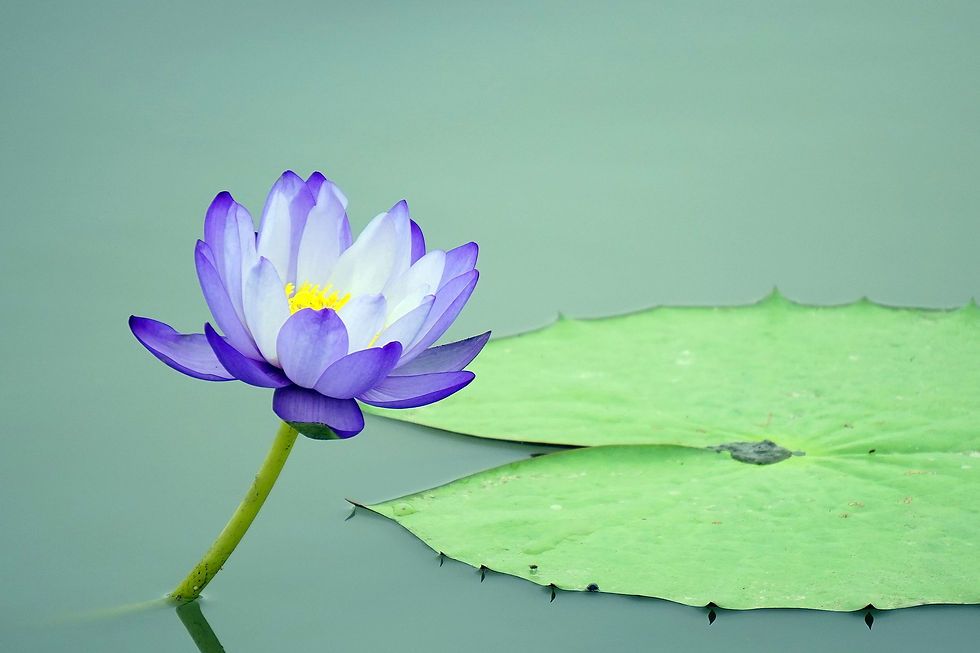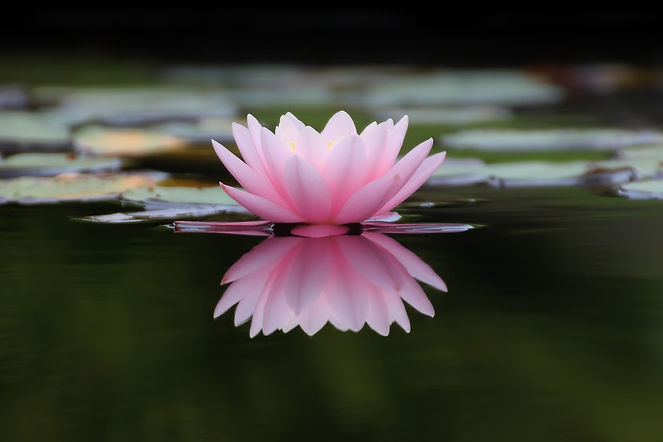
Theory of Integral Nursing (TIN)
Barbara’s Theory of Integral Nursing (TIN) (2008) is a grand nursing theory that presents the science and art of nursing. It includes an integral process, integral worldview, and integral dialogues that is Praxis—theory in action. It also includes compassionate care of the dying, and nurses’ roles as 21st Century Nightingales. - nursology.net
Theory of Integrative Nurse Coaching (TINC)
Barbara’s co-authored Theory of Integrative Nurse Coaching (TINC) (2015), a middle-range theory, is a framework to guide integrative nurse coaches in nurse coaching practice, education, research, and healthcare policy. - nursology.net
“We must create a public opinion, which must drive the government instead of the government having to drive us.”
~ Florence Nightingale (1892)

Introducing Nurse Coaching and the Integrative Nurse Coach Academy
INTEGRATIVE NURSE COACHING
Created by Nurses, for Nurses
The Integrative Nurse Coach Certificate Program (INCCP) was developed by the founders of Nurse Coaching and has been the leading Nurse Coach training program for over a decade.
Our curriculum is based on a whole person model of care that addresses the physical, psychological, social, spiritual, cultural, and environmental aspects of health and wellbeing.
“Nursing is an art; and if it is to be made an art, it requires as exclusive a devotion, as hard a preparation, as any painter’s or sculptor’s work; for what is the having to do with dead canvas or cold marble, compared with having to do with the living spirit—the temple of God’s spirit? It is one of the Fine Arts; I had almost said, the finest of the Fine Arts."
~ Florence Nightingale (1868)

the Nurse Within:
Reflections on the Journey
Barbara Dossey ©2021
Being Called to Serve and Finding Soulmates
After 56 years in the profession of nursing, I can say without a doubt that I was genuinely called to the service of others. In 1981 with 75 nurses, I became an American Holistic Nurses Association (AHNA) founding member. Finding my AHNA ‘tribe’ has strengthened and deepened my understanding of caring and healing.
In 1967 as a young critical care nurse, I met my husband Larry during his last month in medical school when he did his critical care rotation. Now 54 years later with Larry, my soulmate, our mutual life purpose continues to deepen. If I had to express our goal, it is to understand the nature of our own consciousness and our purpose in the world (B. Dossey, 2022; L. Dossey, 2013). This involves the recognition that our mind, our conscious, is fundamental in the universe and is simply not derived from the workings of our physical body and brain. Why are we here? What is our origin? What purpose do we serve? What is our destiny? What is our relationship with all other life on this beautiful, glorious planet? With like-minded colleagues within our respective professional domains, we have stretched the boundaries of Western Medicine, its underlying concepts of health and wellness, and are always seeking new horizons and possibilities for human flourishing.
Embodied Knowing and Being with Another
Nursing has opened up many new ways of knowing, one of which is embodied knowing — the recognition of every person as living in her/his body in-the-world, which is a way of coming to know self-to-self and self-to-others practice (Wright & Brajtman, 2011). Being a nurse implies an intimacy that is part of nursing practice and education. At some point in the everyday of nursing practice, nurses come to know people in the most intimate ways, particularly when a person is very ill, and her/his bodily functions are beyond control. Every nurse knows this intimacy as a past experience or a present lived experience that resides in the deep understanding of another and in the nursing role. This has been called the “ethic of intimates” and is consistent with nursing’s history of orienting our moral compass towards issues of everyday practice. Thus, this embedded consciousness and intimacy lives within the soul of each nurse and is part of “being with” another.

Barbara Dossey's needlepoint dragon and the stitching took three years.
.jpeg)
Barbara Dossey stands by her needlepoint dragon tapestry that she stitched over eight years. Antique Japanese wooden dragons and silk drapes hang on each side.
Weaving the Healing Journey
As a needlepoint tapestry artist, I often describe the art of nursing using analogies drawn from weaving patterns on the canvas with many-colored, blended threads and textures — silk, wool, metallics, velvets, etc., and using various stitches — continental, basketweave, feather, half-feather, Smyrna, French knots, and cross-stitch. Seeing the horizontal and vertical canvas angles as various earth and transpersonal metaphors, the horizontal threads represent my/our earthly existence. The vertical threads represent the transpersonal/transcendent/ highest expressions. When I weave threads representing my earthly existence with threads from the highest dimension, I anchor my life to a transpersonal/ transcendent realm that resonates at an expanded, fuller, more meaningful level. When it is time to finish each tapestry, I weave a few of my long hairs into the back of the completed work.
To stay in touch with the nurse within, I must continue to notice the complex boundary between order and chaos, for that is where the dance of life occurs. Our life experience must involve difference and contrast; otherwise, we would have no experience whatever. Differences and contrasts in our everyday experience are essential. Stasis and sameness are deadly. We must recognize life’s polarities, which embody the interdependent pairs of competing, or opposite values or points of view (Wesorick, 2014). When I engage “both/and” rather than “either/or” thinking, I can identify with the upside values and also the downside fears that are part of everyone’s life. As I explore these contrasts, balance and harmony emerge — not always a pleasant process, but an essential one.
Core Values, Choices, and Insights
My core values are rich patterns of choices and insights that emerge from the complexity of my human journey. Being genuinely authentic and consistent in my beliefs, values, and actions allows me to demonstrate what I believe to be my truth.
This assists me in accessing my Soul’s purpose, which is a keen sense arising from an experience of profound meaning and intention I sense this as pure joy emanating from my own wisdom — a wisdom that is fully capable of meeting whatever challenges I confront.
That is not to say I do not have my anxieties, fears, sadness, disappointments, and vulnerabilities. These experiences are universal; they provide us with a sense of humanness, and they make possible our generosity, kindness, and love to those who are in need. Owning and naming my own suffering and imperfections, sensitizes me to the needs of others. This sharing of suffering eliminates the need to “fix” the suffering of others. This is the tenderness of my heart in response to suffering.
Deep listening and presence are essential if I am to understand what another person is expressing or not expressing. This experience is profound, as the self and ego are transcended by a sense of indivisible unity. I continue to invite my inner self to reflect on the following:
-
What new awareness do I have related to my self-development?
-
What reflective practices assist me to be present?
-
What practices revitalize me?
-
What do I experience when I enter the flow of this moment?
In closing I reflect on Rilke’s words, “Live the questions now. Perhaps you will then gradually, without noticing it, live along some distant day into the answer” (Rilke, 1962).
References
-
Dossey, B. M. (2022). Theory of integral nursing. In Helming, M. B, Shields, D. A, Avino, K. M., & Rosa, W. E. (Eds.), Dossey and Keegan’s Holistic Nursing: A handbook for practice 8th ed.) (pp 53-75). Burlington, MA: Jones & Bartlett Learning.
-
Dossey, L. (2013). One mind: How our individual mind is part of a greater consciousness and why it matters. Carlsbad, CA: Hay House.
-
Wright, D., & Brajtman, S. (2011). Relational and embodied knowing: Nursing ethics within the inter-professional team. Nursing Ethics 18(1), 20–30. doi:10.1177/0969733010386165
-
Wesorick, B. (2014). Polarity thinking: An essential skill for those leading inter-professional integration. Journal of Interprofessional Healthcare 1(1), Article 12. Retrieved from http://www.jihonline.org/jih/vol1/iss1/12
-
Rilke, R. M. (1962). Letters to a young poet (M. D. Herter, trans.) (Revised ed., p. 35). New York, NY: W. W. Norton.

